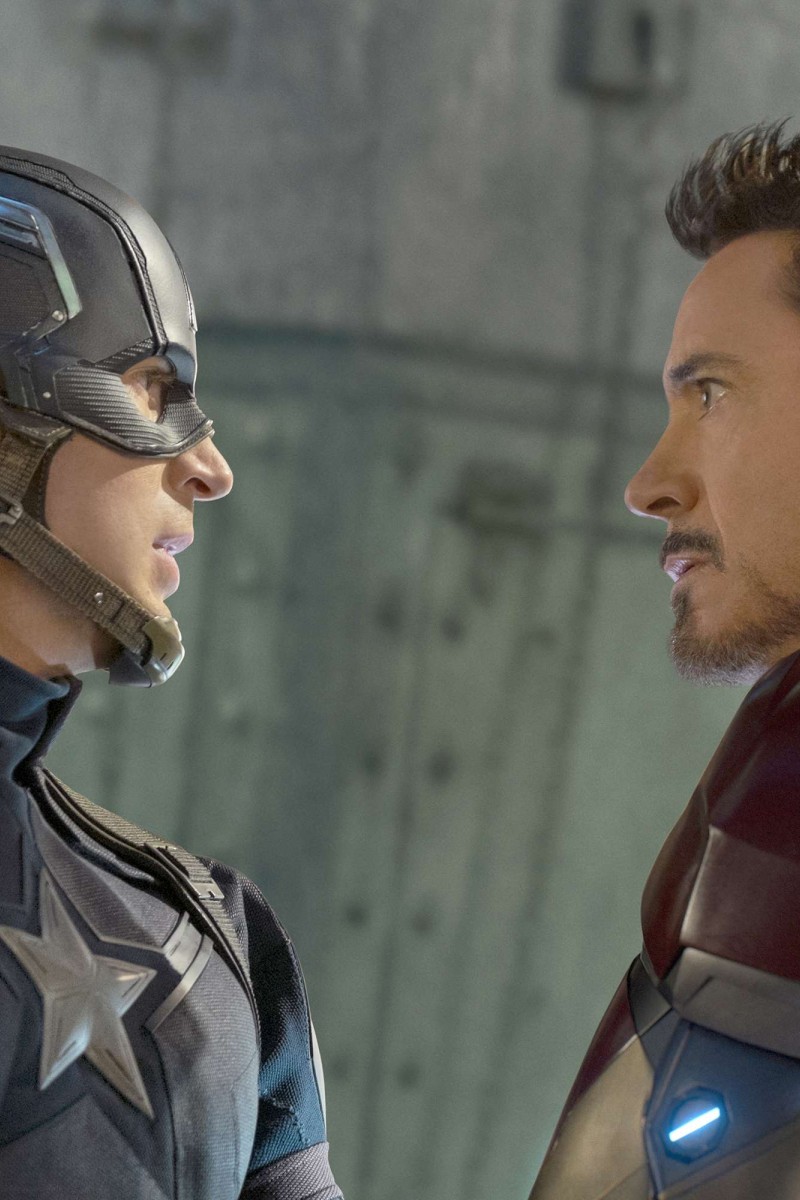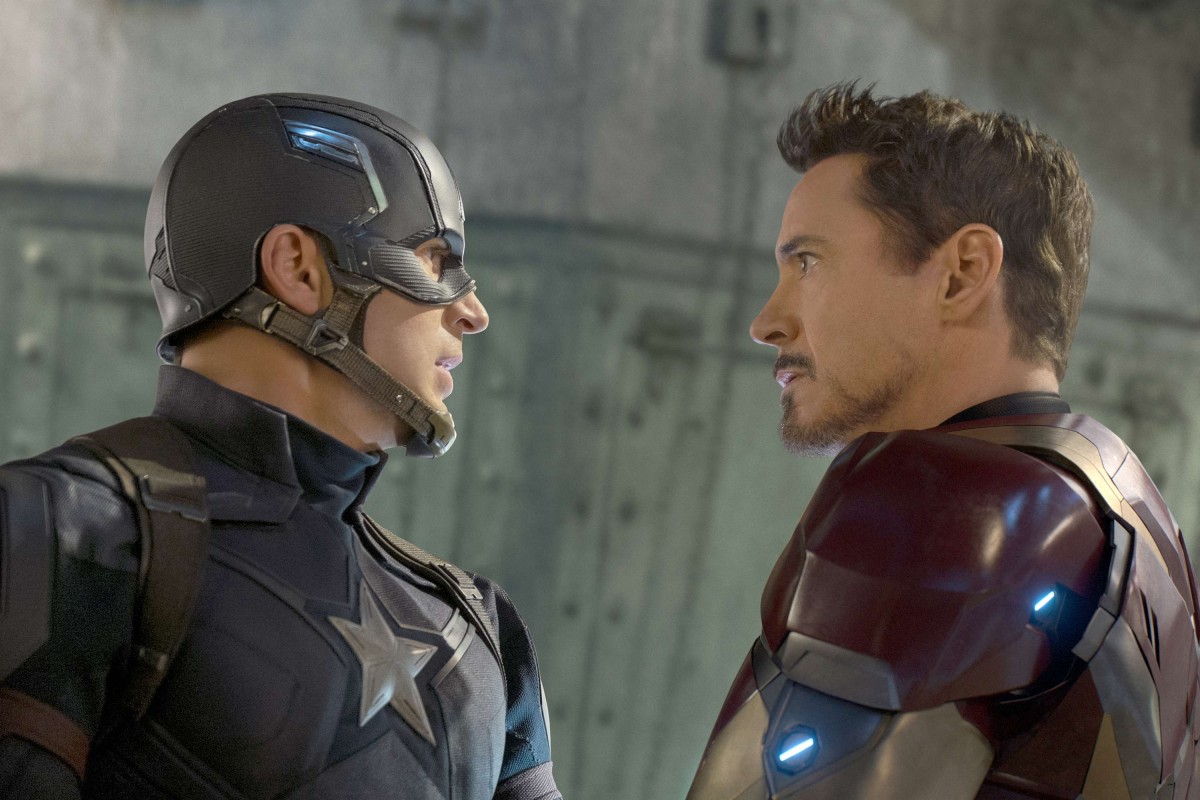
From Batman vs Superman to Captain America vs Iron Man: why do we like to see the good guys fight?

 Captain American vs Iron Man. Fight, fight, fight!
Captain American vs Iron Man. Fight, fight, fight!This year’s summer blockbusters show an obvious trend. Back-to-back superhero movies from Warner Bros’ Batman v Superman: Dawn of Justice and Marvel’s Captain America: Civil War both swap traditional hero-villain dynamics for heroes fighting each other. Both movies did exceptionally well at the worldwide box office, which leads to the questions: why is the audience so accepting of this new cinematic approach and why do we like to see good guys fight each other?
When one goes to watch a film, one is mostly driven by curiosity. We want to see who could take down who in a fight – will it be the techno-savvy Iron Man or the clean-cut Captain America? Will it be the alien Superman or the Gotham crime-fighter Batman? Debates over which characters would win in different scenarios have been around since the dawn of the comic books. Once writers build up characters as powerful and unbeatable figures within their own comics, it is natural that people are going to want to know which one would win in a grudge match. Our curiosity is fuelled by a sense of attachment to our heroes and we all want to see our favourites kick ass during battles.
As the audience, we usually spend more time with the heroes, and so we care more about their individual conflicts. For instance, previous origin films based on separate comic book heroes already allowed the audience to identify with the characters. These heroes have gained a lot of exposure in previous films, and the audience feels more familiar with them. By contrast, villains don’t have the same weight as the heroes who are the centrepiece of each story, which means viewers tend to feel less attached to most villains and care less about them.
We empathise with our heroes’ emotions, especially when they are forced into battles unwillingly. The feelings emanating from Civil War are most prominently the anger of people who feel betrayed by their former allies and the hurt when they are forced to go up against friends. Thus there is an extra level of emotion instilled in hero fights, which often come with reluctance that conflicts with our excitement at the action. These internal conflicts, among the characters and within the audience, make the cinematic experience much more intense.
Also, it is usually a huge writing and directing challenge for intra-hero battles. Just look at the fight between Captain America and Iron Man in Civil War. The writers had to deal with more constraints than they would if the heroes were taking on a villain they could easily kill off. Instead, the writers had to showcase both the heroes’ powers and make them look competent and cool, but neither of them could win without coming across as unlikeable. The solution for writers is often more inventive uses of powers, psychology or environment to make sure both heroes present themselves well and avoid any kind of humiliation at the end.
The idea of our heroes fighting sparks our imagination and reinvigorates our emotional investment, and this explains why we like to watch the good guys fight.
